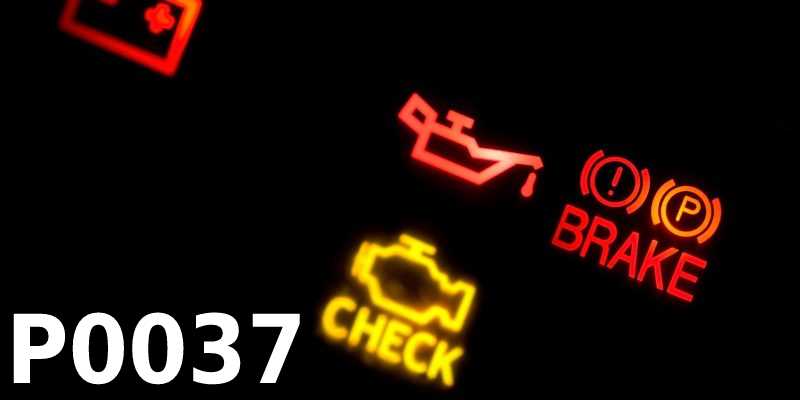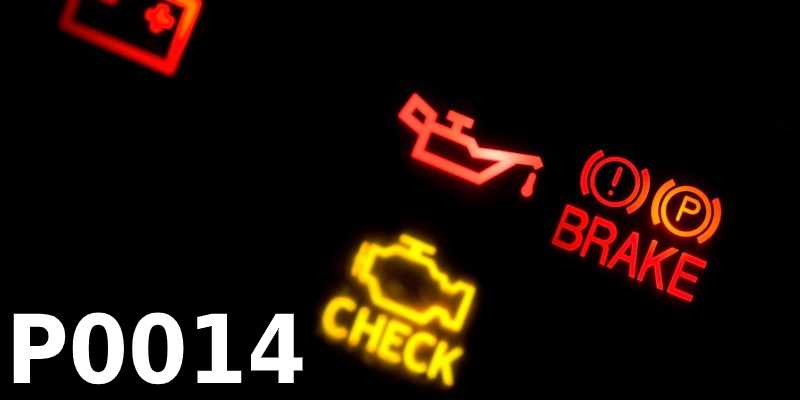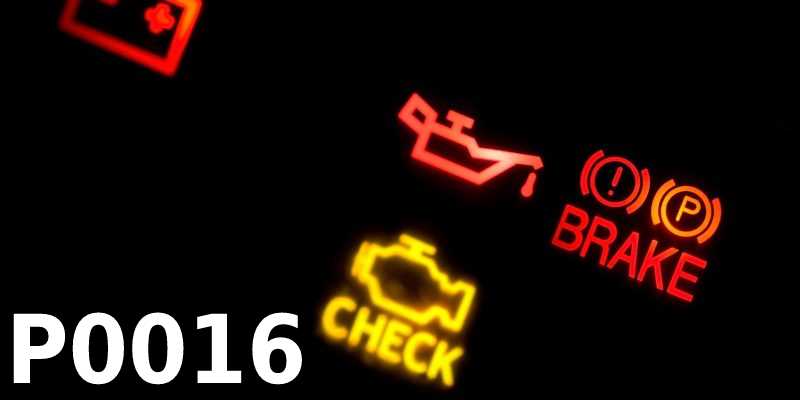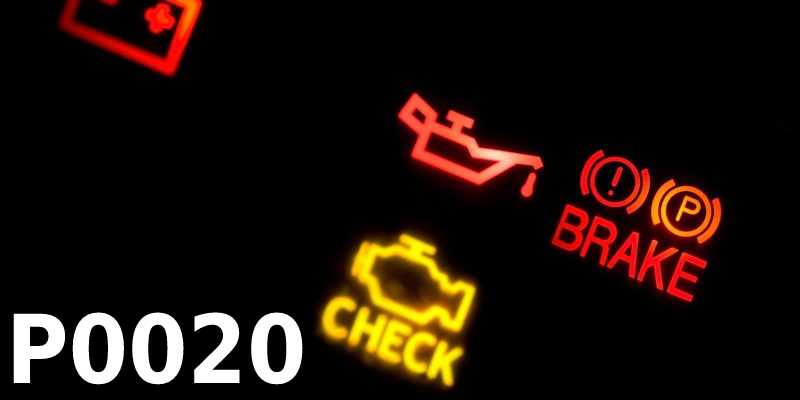Definition of error code P0037
P0037 is the code for the HO2S low heating control circuit (Bank 1, sensor 2).
What P0037 code means.
The P0037 code indicates that for the engine to operate properly, the exhaust gases must have an air/fuel ratio of 14.7 to 1, as determined by the heated oxygen sensors (HO2S), which detect the oxygen content of the vehicle’s exhaust. This information is sent to the engine control module (ECM) to adjust the amount of fuel supplied to the engine. The HO2S system is heated to provide very fast data transmission to the ECM’s closed loop system, which helps control exhaust emissions during start-up and when the engine is cold or warming up.
What causes the P0037 code to occur?
If the code is cleared and reset, and the Check Engine light and OBD-II code reappear, it means that the HO2S sensor for engine bank 1 and sensor #2, which is located on the back of the catalytic converter, is not sending the correct information to the ECM and may be damaged or defective. The sensor may have a faulty internal heating element, or it may have a bad ground, 12-volt battery input, or a faulty connector. Damage to the ECM is quite rare.
What are the symptoms of the P0037 code?
The ECM detects that the O2 sensor heating circuit has a low current or open circuit and goes into failsafe mode until the ignition is turned off. The failsafe mode causes different complaints depending on the vehicle, the vehicle manufacturer, and the ECM programming. This fail-safe mode will continue to operate until the problem is corrected. Some of the most common problems when driving in failsafe mode can be hesitation, erratic operation, and low power. The Check Engine light will illuminate when the ECM detects a low control circuit.
How can a mechanic diagnose the P0037 code?
P0037 can only be diagnosed with an OBD-II scanner. The mechanic should reset the OBD-II code and test the vehicle to see if the code returns. If it returns, the mechanic should check both the power supply and sensor ground, including checking the wiring and sensor. Many problems with this code are wiring-related due to exhaust heat.
The most common errors when diagnosing the P0037 code
Do not immediately replace the HO2S system before carefully checking all related wires and connectors. The mechanic should make sure that there are 12 volts at the sensor and that the ground is good. Also check both sides of the connector wiring to make sure the connector is good.
How serious is the P0037 code?
The P0037 code is usually preceded by the appearance of the Check Engine light on the vehicle’s dashboard while driving. The vehicle can continue to drive, but should be properly diagnosed as early as possible to avoid further problems such as sensor loop errors, high fuel consumption, malfunction, or damage to other components.
Often, if the Check Engine light comes on immediately after starting, the OBD-II system can be reset and the vehicle will operate normally.
What repairs can clear the P0037 code?
The most common potential fixes to clear the P0037 code are as follows:
- Have an authorized technician check the code with a scanner. Reset the trouble codes and perform a road test.
- If the P0037 code returns, perform the test procedure. You may have several problems, but damaged wiring due to excessive exhaust heat is the most common. Before replacing the sensor, make sure the wiring is good and has the correct voltage and ground for the sensor.
Test Procedure
With the switch on and the engine off, check with a voltmeter that the voltage from the battery fuse to the heating element is 12+ volts. If no voltage is present, repair the break or short in the 12-volt supply circuit, first determining if the blown fuse should be replaced due to the short. If the battery supply is intact, disconnect the ground (control) circuit from the ECM wiring connector and check the circuit resistance. If the resistance is infinite, repair the open circuit. If the control circuit is checked, suspect a faulty O2 sensor. Replace and recheck.
Having experienced this problem in the past, the most common problem is damage to the sensor wires due to incorrect installation or damage to the wire terminals, causing the wires to touch the exhaust system, including the catalytic converter, which is the hottest part of the exhaust system. It is very likely that the rear sensor will be removed or subject to physical damage during exhaust or transmission work, creating many potential problems. If the wiring of the sensor itself is damaged, do not attempt to repair it, as it will most likely not work properly. In such cases, simply replace the sensor.
Additional notes on code P0037
Many vehicles over 100,000 miles experience temporary sensor problems, which often occur during starting or prolonged stress on the transmission system. If the Check Engine light comes on and the vehicle appears to be operating normally, the OBD-II system can be reset with a scanner and the problem may not recur. Therefore, it is important to check the malfunction and reset it before making any repairs.





